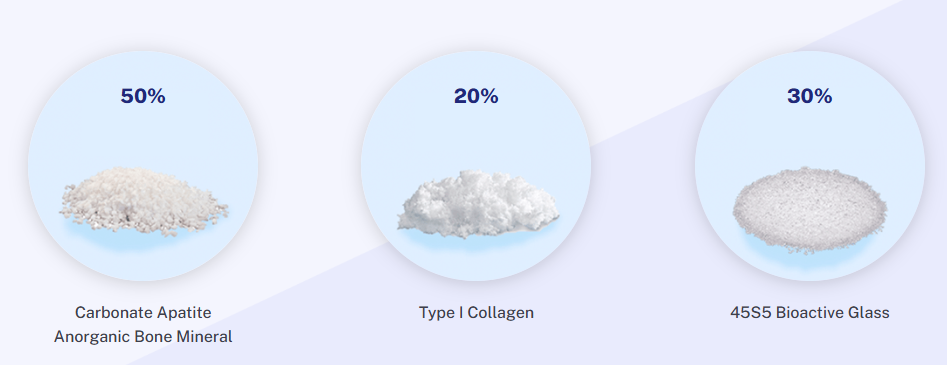Orthopedic (ortho) braces are medical devices designed to support, align, stabilize, or protect muscles, joints, and bones, typically after injury or surgery. These braces can help with recovery by limiting movement, providing compression, and offering structural support to reduce stress on the affected area. They come in various types, each tailored to specific injuries or conditions. Here are some key categories of orthopedic braces:
1. Knee Braces
– Function: Provide support to the knee joint, often used for conditions like arthritis, ACL tears, meniscus injuries, or after surgery.
– Types:
– Hinged braces: Offer more rigid support and restrict side-to-side movement.
– Compression sleeves: Provide mild support, improving blood flow and reducing swelling.
2. Back Braces
– Function: Stabilize and support the lumbar or thoracic spine, commonly used for conditions like scoliosis, herniated discs, or after spinal surgery.
– Types:
– Rigid braces: Limit spinal movement and offer significant support.
– Flexible braces: Allow some movement while providing mild support and pain relief.
3. Ankle Braces
– Function: Stabilize the ankle joint after sprains or ligament injuries.
– Types:
– Lace-up braces: Provide adjustable compression and stability.
– Rigid braces: Offer maximum support to prevent any movement.
4. Wrist and Hand Braces
– Function: Immobilize or support the wrist and hand, commonly used for carpal tunnel syndrome, wrist fractures, or tendonitis.
– Types:
– Splints: Rigid or semi-rigid braces that limit movement.
– Compression braces: Provide support without fully restricting movement.
5. Elbow Braces
– Function: Support the elbow joint, often used for conditions like tennis elbow or golfer’s elbow.
– Types:
– Strap braces: Target compression to relieve tendon strain.
– Hinged braces: Offer greater support and restrict specific movements.
Materials
Orthopedic braces are typically made from a combination of materials, including:
– Neoprene: For elasticity and compression.
– Nylon or Polyester: For durability and flexibility.
– Plastic or Metal: For rigid components that provide structural support.
– Foam Padding: For comfort and cushioning against the skin.
Usage
Orthopedic braces are used in a wide range of cases:
– Post-surgical recovery: To stabilize the area while healing.
– Injury prevention: For athletes to protect vulnerable joints during high-risk activities.
– Chronic conditions: Such as osteoarthritis or rheumatoid arthritis, where joints require ongoing support.
Custom vs. Off-the-Shelf Braces
– Custom braces: Made to fit an individual’s specific anatomy, offering the highest level of support and comfort.
– Off-the-shelf braces: Available in standard sizes and are generally more affordable and convenient but may not provide the perfect fit or maximum support.
These devices help manage pain, facilitate healing, and allow patients to remain active while recovering from injuries.
Biologics
Manufactured by Royal Biologics, info from Royal Biologics Website: The evolution of our mineral and collagen composite bone grafts has advanced with the launch of our unique bioactive glass, mineral, and collagen composite bone graft solutions. Bio-Reign® Bioactive bone graft matrices are a combination of three components: carbonate apatite anorganic bovine bone mineral, 45S5 bioactive glass, and Type I Collagen. When combined, they provide an optimal scaffold to support the body’s natural ability to regenerate new bone.
BIO-REIGN® INDICATION FOR USE
- Combined with either autogenous bone marrow or autograft with saline is indicated for bony voids or gaps, that are not intrinsic to the stability of the bony structure. Bio-Reign® Bioactive Moldable can also be used with autograft as a bone graft extender.
- The device is to be gently packed into bony voids or gaps of the skeletal system (i.e., posterolateral spine). These defects may be surgically created osseous defects or osseous defects created from traumatic injury to the bone. The device resorbs and is replaced with bone during the natural healing process.
OPTIMAL COMPONENTS


